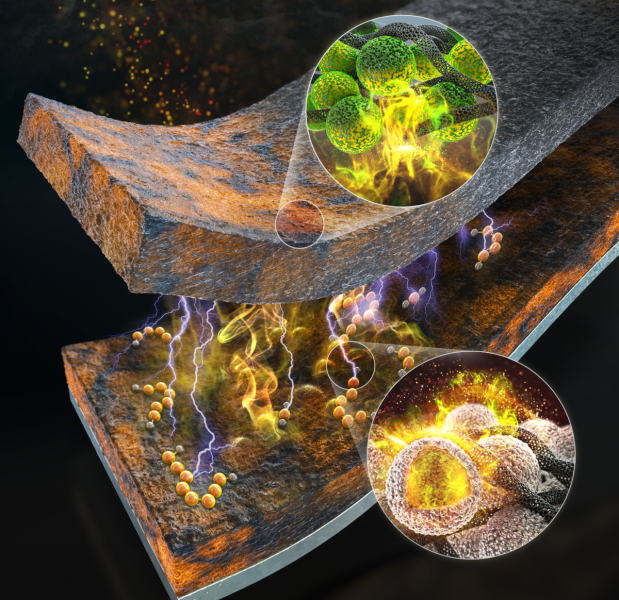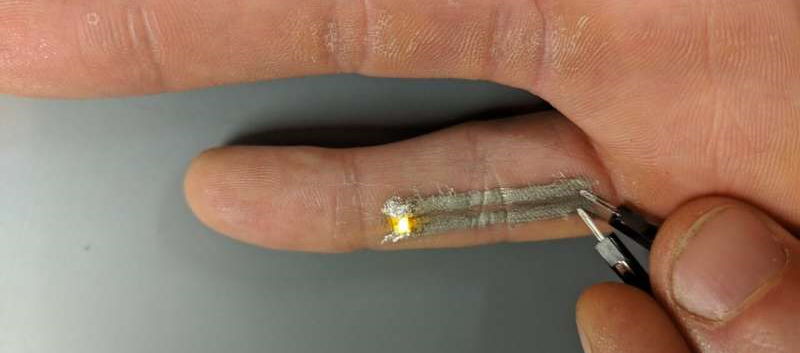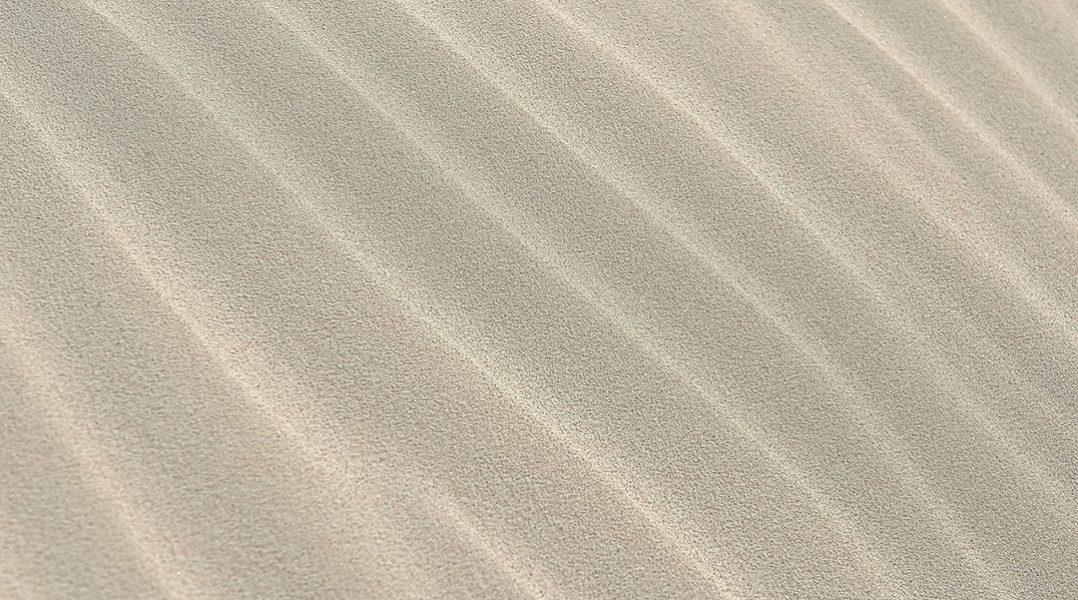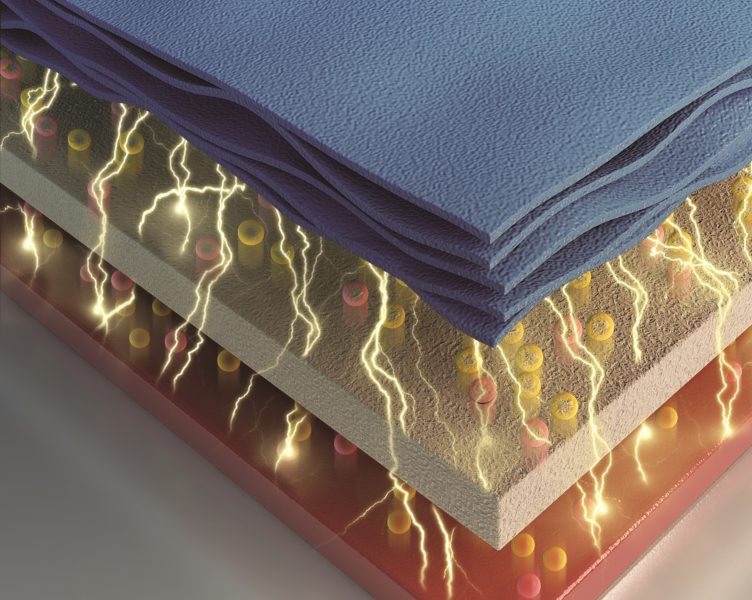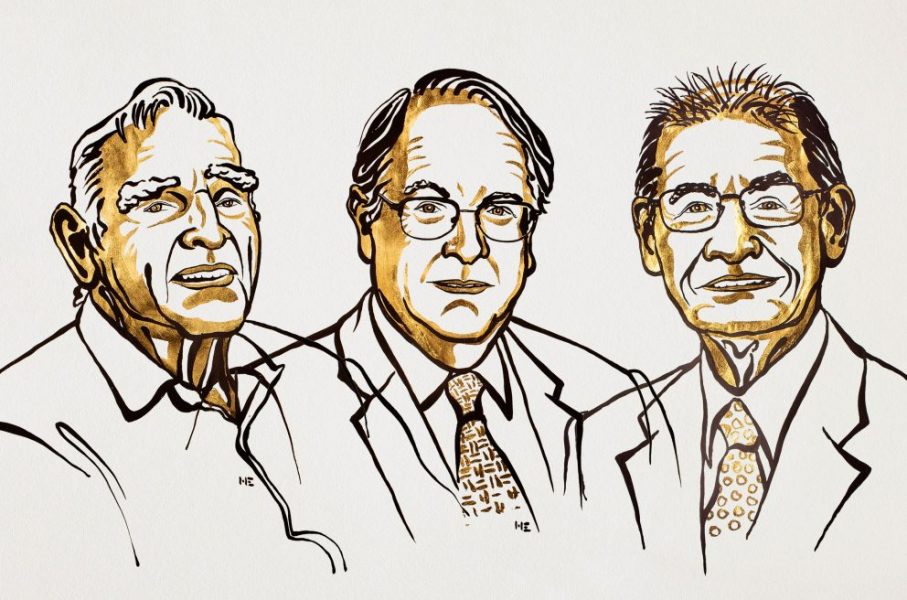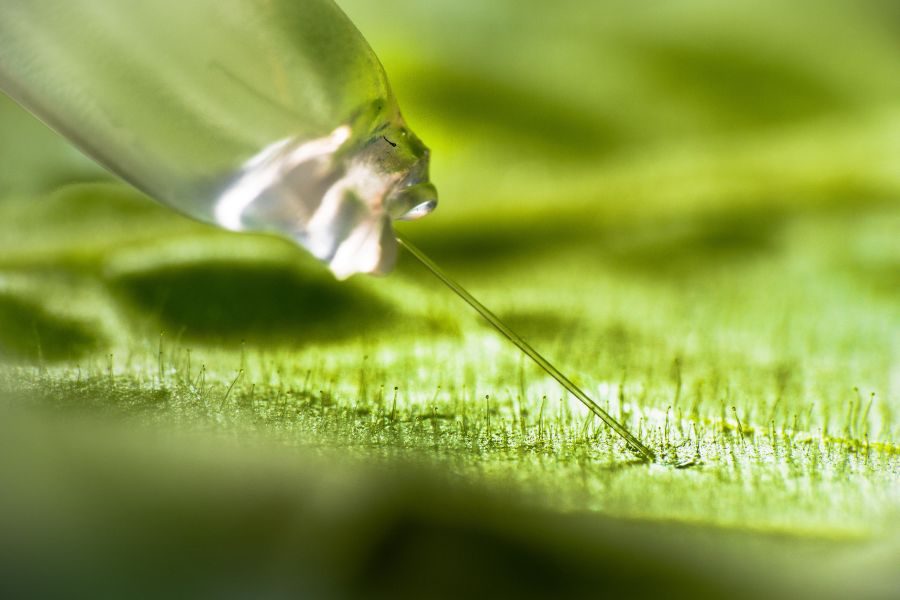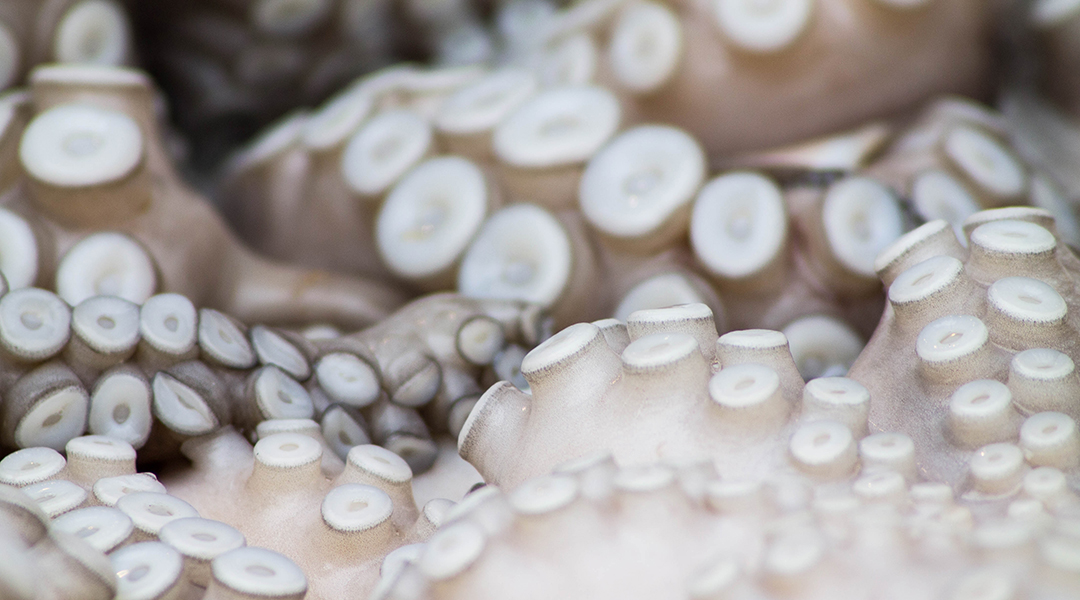Resistive switching occurs when a dielectric suddenly changes its resistance in the presence of a strong electric field. This phenomenon underpins the behavior of devices such as memristors and neuromorphic memories. In Advanced Materials, Prof. Manfred Martin of...
![Understanding Resistive Switching [Video]](https://www.advancedsciencenews.com/wp-content/uploads/2019/10/Feature_ASN.png)

![Seeing Red: A New QLED Design for Electronic Displays [Video]](https://www.advancedsciencenews.com/wp-content/uploads/2019/10/1080-x-620-take-2.png)
